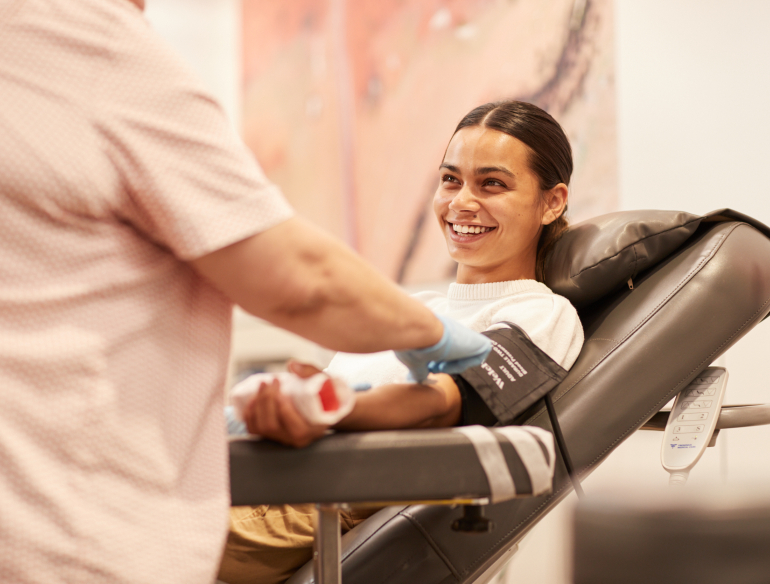A safe supply of blood and blood products free from contamination of infection is an essential element of a modern health system. Research is required to respond to new demands, to ensure blood safety, and to promote inclusivity to avoid unnecessary deferrals. Furthermore, the recent COVID-19 pandemic has highlighted the need for blood specimens to contribute to surveillance of emerging and re-emerging disease.
The Kirby Institute, Lifeblood, the University of Queensland, and the National Centre for Immunisation Research and Surveillance have been awarded a $1.5 million Partnership Grant by the National Health and Medical Research Council to continue and enhance their long-term collaboration on research aimed at protecting Australia’s blood supply, and to explore how to make optimal use of blood donations for monitoring emerging infectious pathogens in the Australian population.
Research conducted under the auspices of this grant will be conducted with the following three interlinked aims:
- Aim 1: Discover community understandings, attitudes and risk factors related to infectious pathogens in blood donors.
- Aim 2: Predict and evaluate the impact on blood donor numbers, infection rates and costs, of changes in policy aimed at protecting the blood supply against infectious pathogens.
- Aim 3: Design population surveillance strategies that use blood donations as a basis for monitoring emerging and re-emerging infectious pathogens.
Results from the projects conducted under this grant will be published in due course.
Aim 1 will provide guidance to Lifeblood on the understandings and expectations of those affected by current and proposed blood donation eligibility criteria.
Aim 2 will provide estimates of the impact and cost-effectiveness of proposed policy changes, such as numbers of donors, and the risk of infectious disease in donated blood.
Aim 3 will provide a robust framework to respond to national surveillance requirements for emerging and re-emerging diseases, including a detailed understanding of the similarities and differences between blood donors and the wider community, an improved understanding of the practical and epidemiological impact of serosurveillance strategies, and a set of guidelines on the implementation of blood donor-based surveillance.
Australian Red Cross Lifeblood
The University of Queensland
National Centre for Immunisation Research and Surveillance (NCIRS)
National Health and Medical Research Council (NHMRC) Partnership Grant

